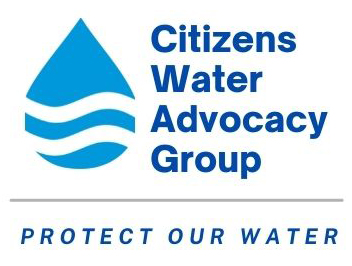Chris Kuzdas, representing the Environmental Defense Action Fund, reviewed local community efforts that seek local control and self-determination over groundwater supplies across rural Arizona over the last several years, and the barriers communities face in our state legislature. The presentation featured stories from across the state. He also discussed specific water bills and what we can do moving forward.
Chris Kuzdas, PhD is the Arizona Water Program Director for the Environmental Defense Action Fund. He is originally from Northern Arizona and still lives there with his family. EDF Action is a public interest group with 90,000 Arizona members. EDF Action’s mission is water security for all people.
We had some audio problems: the sound dropped out at 8:54 and returned at 9:46 in the video. The sound from short videos our speaker showed (30:00 to 37:21) was not recorded.
If you want closed captions, see the CC icon near bottom of the window.
Edited Excerpts from an AI generated summary:
| Groundwater Issues in Rural Arizona | |
| The meeting covered groundwater issues in rural Arizona. Chris Kuzdas from the Environmental Defense Action Fund began by providing context on the increasing importance of groundwater in Arizona, explaining different types of aquifers, and showing maps of groundwater reliance and depletion across the state. Chris highlighted that since 2010, there has been a significant increase in large commercial wells in many rural groundwater basins, often by out-of-state or foreign agricultural interests taking advantage of unregulated groundwater access. He noted this is causing impacts like wells going dry, water quality risks, and declining river flows in rural areas. | |
| Water Scarcity in Rural Arizona | |
| Chris discussed the impact of water scarcity on rural Arizona, highlighting the challenges faced by residents in accessing groundwater and the subsequent effects on property values. He shared video interviews with local residents (unfortunately without sound), emphasizing the human aspect of the issue. The discussion then shifted to a historical perspective, tracing the development of the water crisis over the past 10-15 years and noting the growing movement among rural communities to address the issue. | |
| Rural Arizona Groundwater Management Evolution | |
| The summary discusses the evolution of groundwater management discussions in rural Arizona from 2010 to 2025. It highlighted key events and milestones, including local ballot measures, legislative attempts, and community activism. The summary noted a significant increase in attention to rural groundwater issues starting in 2019, with more bills introduced and media coverage. It also mentions the formation of grassroots movements and working groups to address groundwater management. The summary concludes by emphasizing the ongoing challenges in passing effective legislation, while noting that rural Arizonans' collective voice is becoming increasingly influential in shaping the conversation about groundwater management at the state level. | |
| Arizona Water Policy Challenges Discussed | |
| Chris Kuzdas provided his contact information and concluded his presentation. The discussion then shifted to water policy issues in Arizona. A state representative from Cochise County is criticized for blocking water bills. The effectiveness of Irrigation Non-Expansion Areas (INAs) and Active Management Areas (AMAs) was questioned, with none of the safe yield AMAs achieving their goals after 40 years. The Prescott AMA was identified as the worst-performing in the state. The discussion covered the major water pumpers in Yavapai County, with 75% being municipal pumping. Concerns were raised about potential large-scale agricultural operations in the Big Chino area and their impact on water resources. The possibility of executive action by the Governor's office to address water issues was explored. The status of the Gila River Adjudication and its implications for water rights was discussed. The conversation also touched on the challenges faced by AMAs and potential paths forward for more effective water management. |
